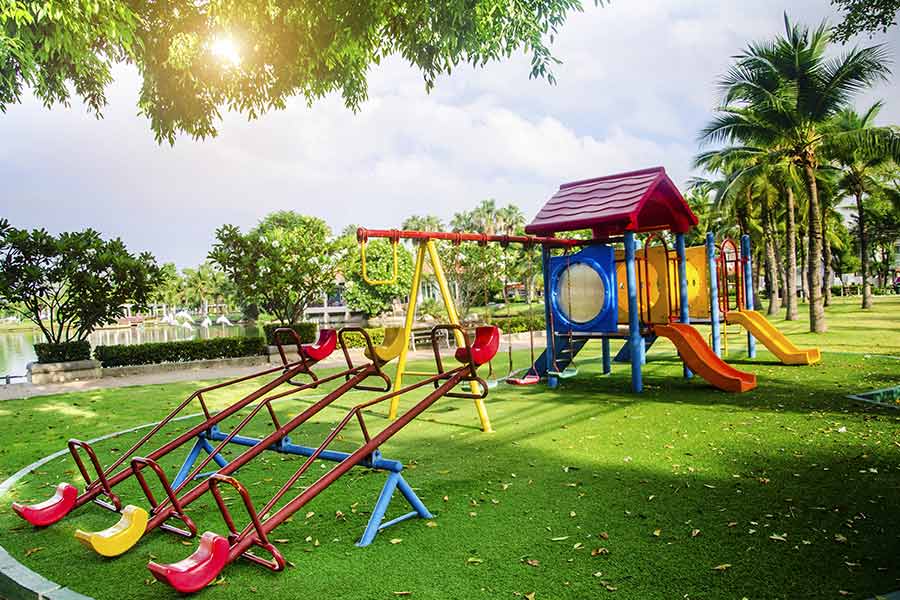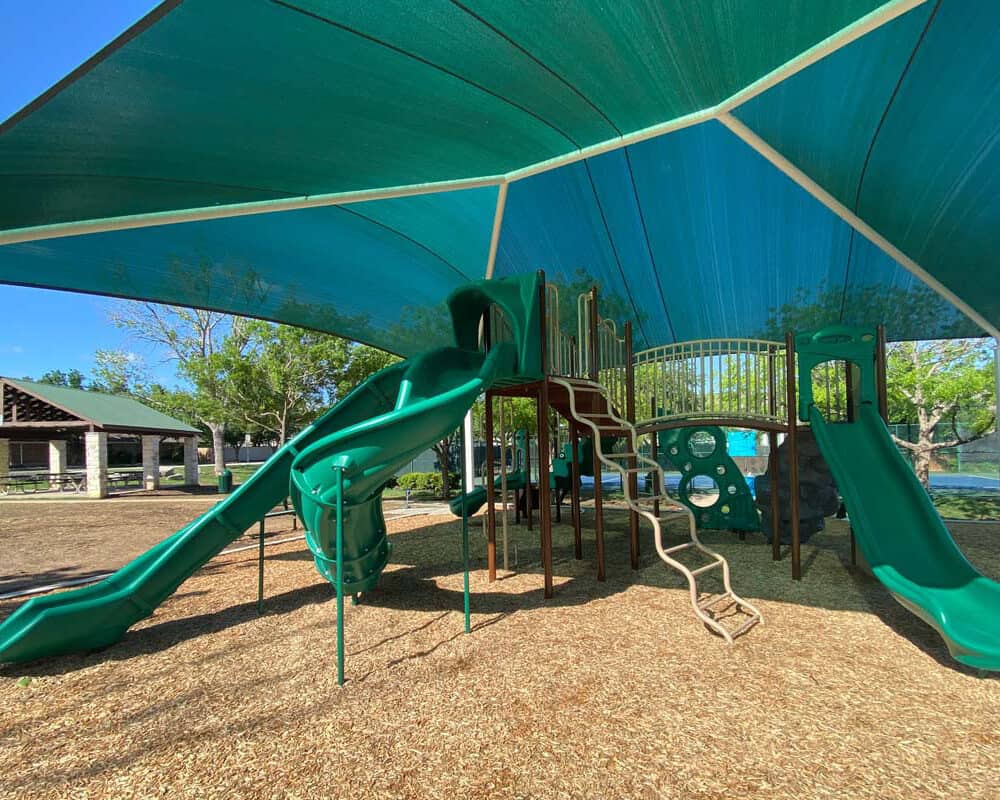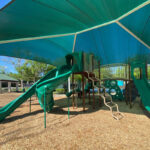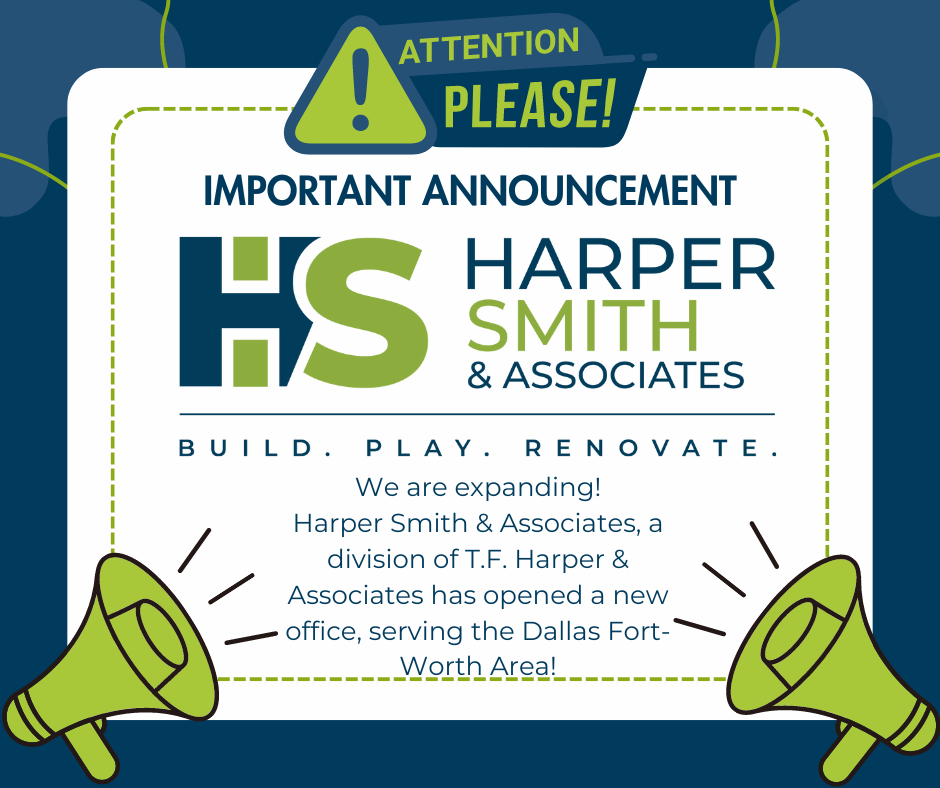When it comes to designing a playground, there are a few factors to consider. For instance, there are numerous shapes and forms that need to be included into the design. This is because children love to play in a variety of atmospheres. Their favorite environments for play come in all shapes and sizes like the forest, an old pile of wood, a junkyard or a priceless art sculpture.
Ideally, the perfect playground includes different elements based on a variety of creative design principles. Additionally, a playground should be a step above the classic features such as slides, teeter totters and swings.
Atmosphere
When a child first arrives at a playground they should immediately be excited. The atmosphere should emit an adventurous and playful mood that needs to be explored and touched. The design should include various types of play such as:
- Active Play – includes jumping, running, kicking, spinning, swinging and rolling.
- Reflective Play – includes daydreaming, reflecting, resting, thinking and watching.
- Social Play – embraces sharing, taking turns, talking, playing sports and following rules.
- Creative Play – consist of painting, drawing, coloring, writing, dancing, singing and playing music.
- Imaginative Play – incorporates anything make-believe like dressing up, playing house, playing cowboy and Indians and pretend pirate ships. It also includes building, scooping, pouring, molding and stacking.
- Sensory Play – embraces sensory perception like touching different textures, seeing different angles and experiencing a variety of shapes and colors.
Incorporate a Sense of Belonging
A playground design should incorporate a sense of belonging to the environment. It should never look like a standard playground that you would see anywhere. A playground should feel rooted in a place plus fit in with the culture. For example, a castle playground is really cool but it does not fit a typical city environment. However, a castle playground in a town that has a lot of medieval type buildings would have a sense of place. In truth, a playground that has a sense of place will nurture an essence of belonging and civic pride. The goal is to design a playground that will become a special place and a distinct representation of the community.
Include Elements for a Child’s Creativity
Oftentimes children use a component for other purposes other than what they are designed for. A playground is a good example. Oftentimes a kid will go up the slide and not down or they will climb the swing instead of the monkey bars. A well-designed playground naturally encourages a child to use their imagination and creativity. When designing, incorporate playground elements that can be enjoyed and utilized in as many ways possible.
Don’t Forget the Basics
When designing a playground, make sure that you don’t forget the basic necessities. For instance, all playgrounds need a nearby bathroom, clean drinking water, shade, trash cans and seating for adults. Other essentials may include signs that post the playground rules, storage for play equipment and picnic tables.
More Tips from Your Austin Playground Equipment Experts
Looking for more playground design tips? Find more articles like this in our parks & playgrounds blog, or contact the Austin playground installation experts at T.F. Harper to learn how we can assist with your next playground project!






